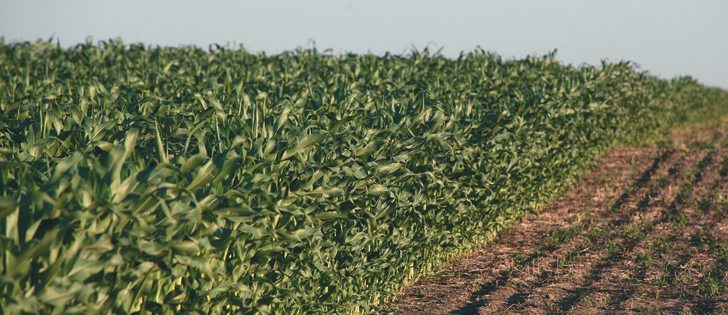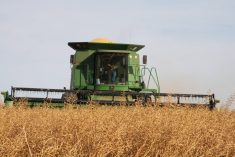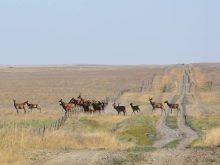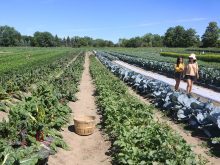TABER, Alta. — Alberta livestock producers could use 3.6 million tonnes of feed corn if it was available.
However, that is much more than what is now grown in the province.
Ron Gietz, an economist with Alberta Agriculture, said the shortfall shows the potential for expanded acres.
The feedlot sector could use two million tonnes, the pork sector could use 600,000 to 700,000 tonnes, dairy 500,000 tonnes and poultry about 200,000 tonnes, Gietz told the southern Alberta corn committee March 25.
“That’s just to feed the animals that we have here now,” he said.
Read Also

New program aims to support plant-based exports to Asia
Understanding the preferences of consumers in Taiwan and how they differ from Indonesia or Malaysia isn’t easy for a small company in Saskatchewan.
“Corn is a good feedstock and energy source for all these animals. We’ve got a long ways to go if we’re going to meet these demand numbers.”
Meeting Alberta’s demand for feed corn would require 1.2 million acres, which is a far cry from the 40,000 acres that were planted last year, according to Statistics Canada.
Barley acres in the province have been on a steady decline, and Gietz said the trend is not likely to reverse.
That opens the door for more corn acreage, which is possible over a wider geographic area because new varieties require fewer heat units.
He said corn could be grown in eastern Alberta south of Edmonton, given proper conditions and varieties.
Corn needs at least 2,200 heat units to reach maturity, along with at least 500 millimetres of water. However, newer varieties can mature with 2,000 heat units and the same water requirement.
Livestock producers regularly import small amounts of corn, which becomes essential in dry years.
“There’s going to be strong demand for the product,” he said.
Lakeside Feeders near Brooks, Alta., owned by JBS, feeds a considerable amount of high-moisture corn and has identified several advantages. It harvests high moisture corn, which is flaked or rolled before ensiling.
Corn has 15 to 20 percent more energy per bushel than barley and contains the energy more consistently than barley, Gietz said.
Feed value is high even if the crop is frozen or damaged, and it is easier to hedge on the market.
Manitoba remains the corn leader in Western Canada, said Gietz. It planted 250,000 acres to corn last year, and yields averaged more than 120 bu. per acre.
The province receives more heat units and doesn’t require irrigation.
The economic threshold for corn yields, given the high input needs, is 110 bu. per acre.
“Generally, once you meet that, production takes off,” said Gietz.
Yields on Alberta grain corn averaged 120 bu. per acre last year, according to Statistics Canada. Barley averaged 67 bu.
Montana corn production has reached a plateau after the ethanol-fuelled boom years of 2007-12, Gietz said.
“It’s not that ethanol is going away, but it’s not the imperative that it was.”
American ethanol policies shifted the corn-growing region northward, which means there is now more corn acreage in the Dakotas.
Glyphosate tolerance helped, preventing weeds from getting too competitive when young corn is not actively growing on cool spring days.
Gietz said he doesn’t worry about trends toward grass-fed beef if Alberta ends up feeding more corn to its cattle in the future.
“Corn is a grass, and so is barley and wheat.”
More information on Alberta’s grain corn potential is available at http://bit.ly/195mJTM.
barb.glen@producer.com


















